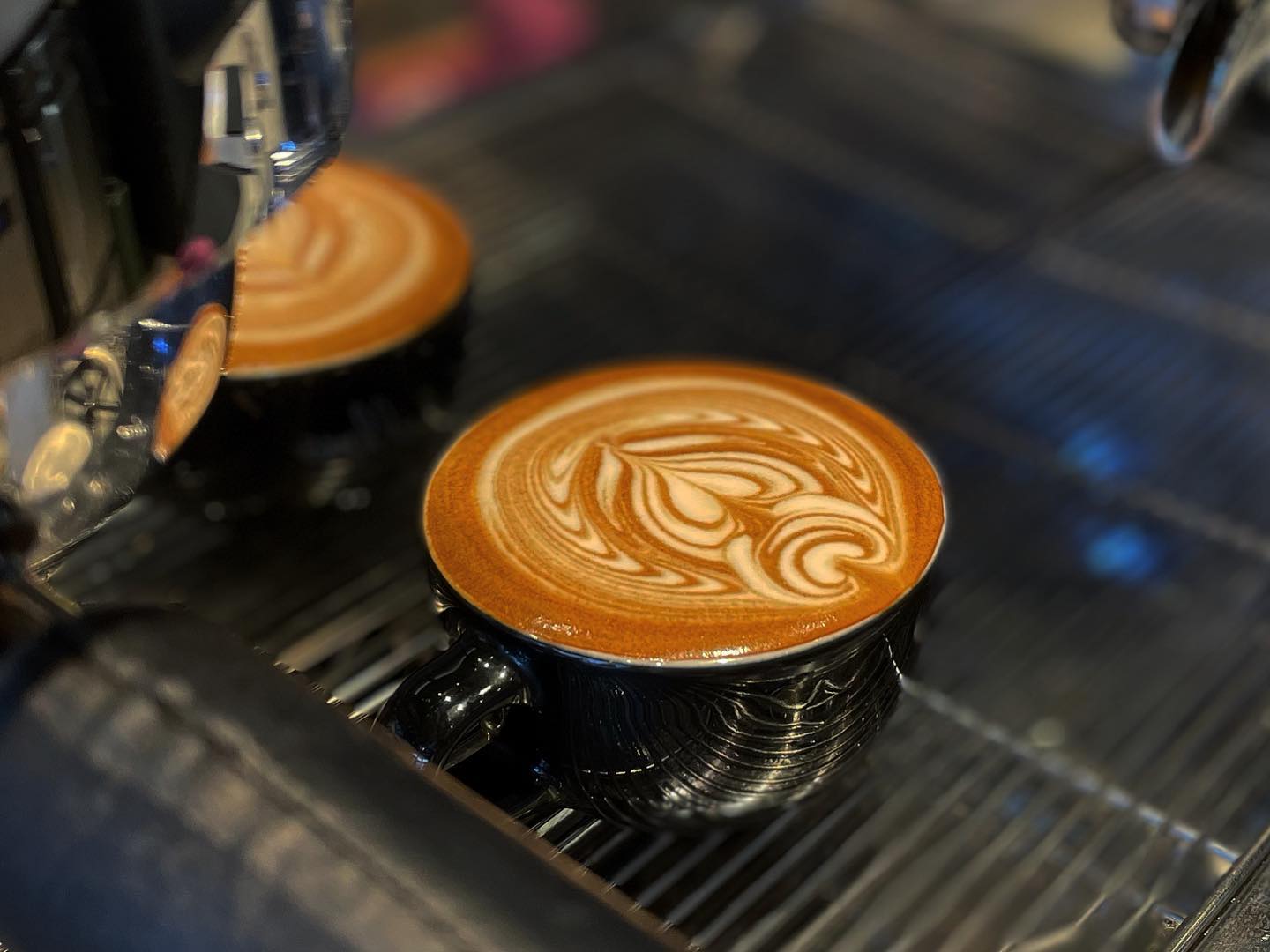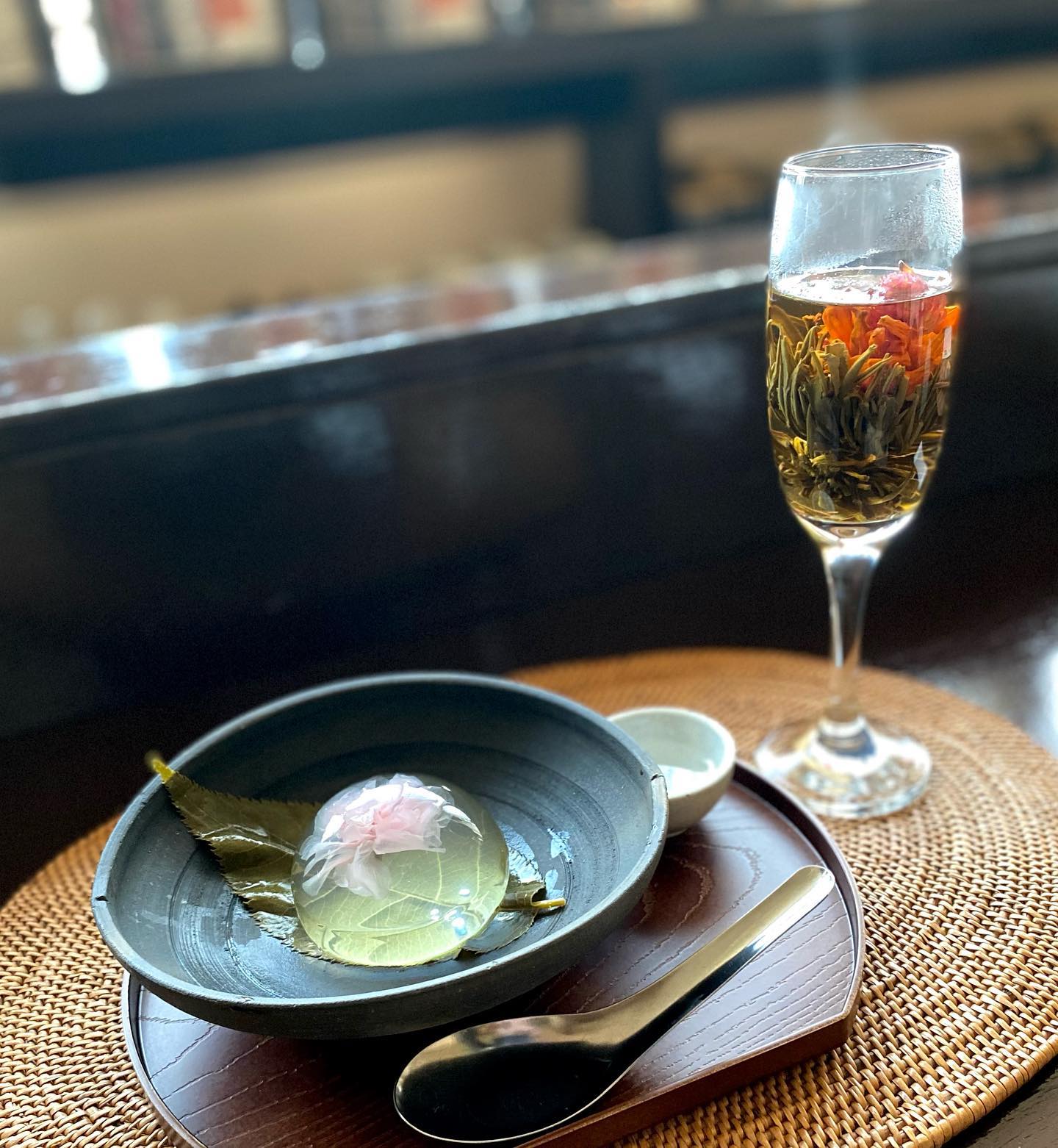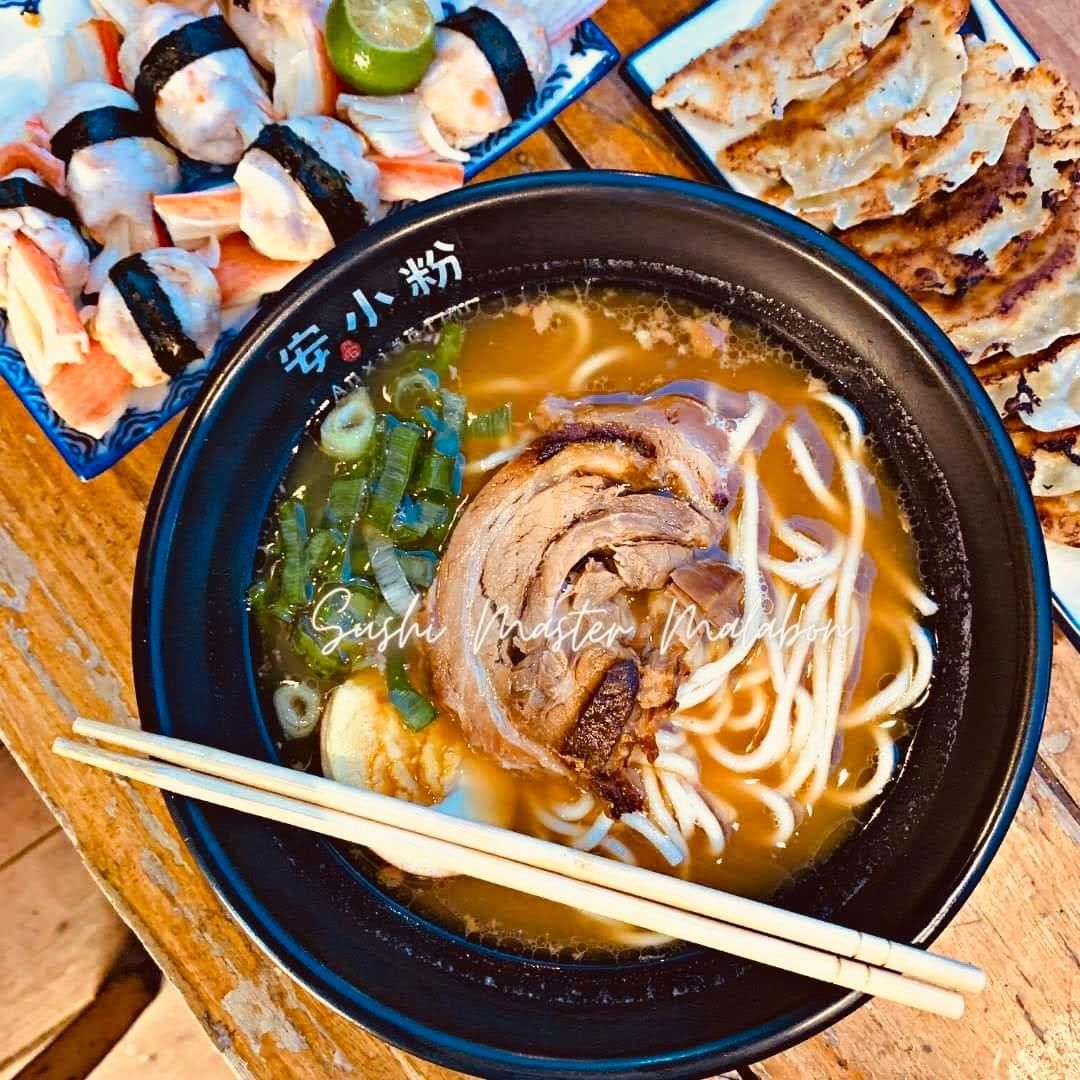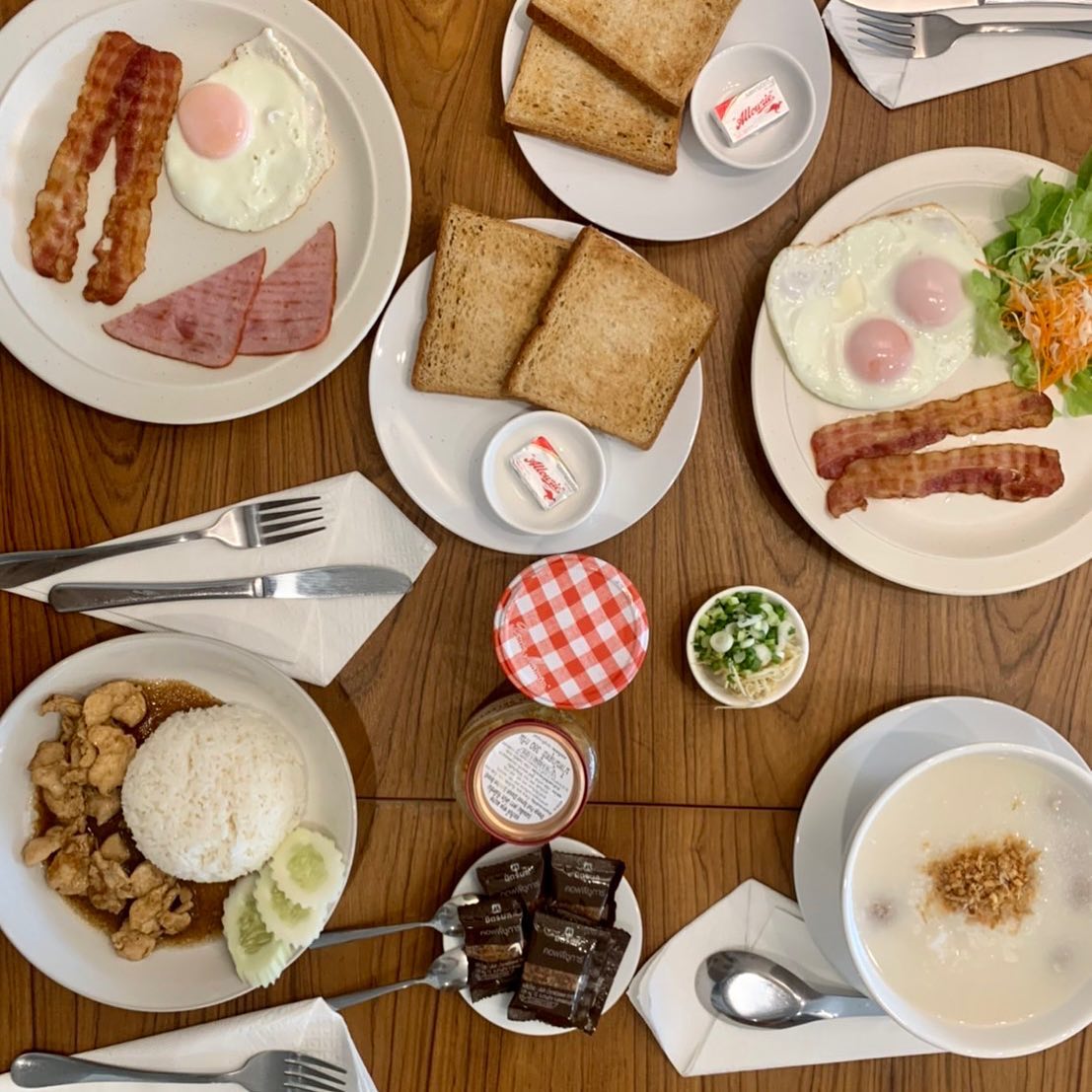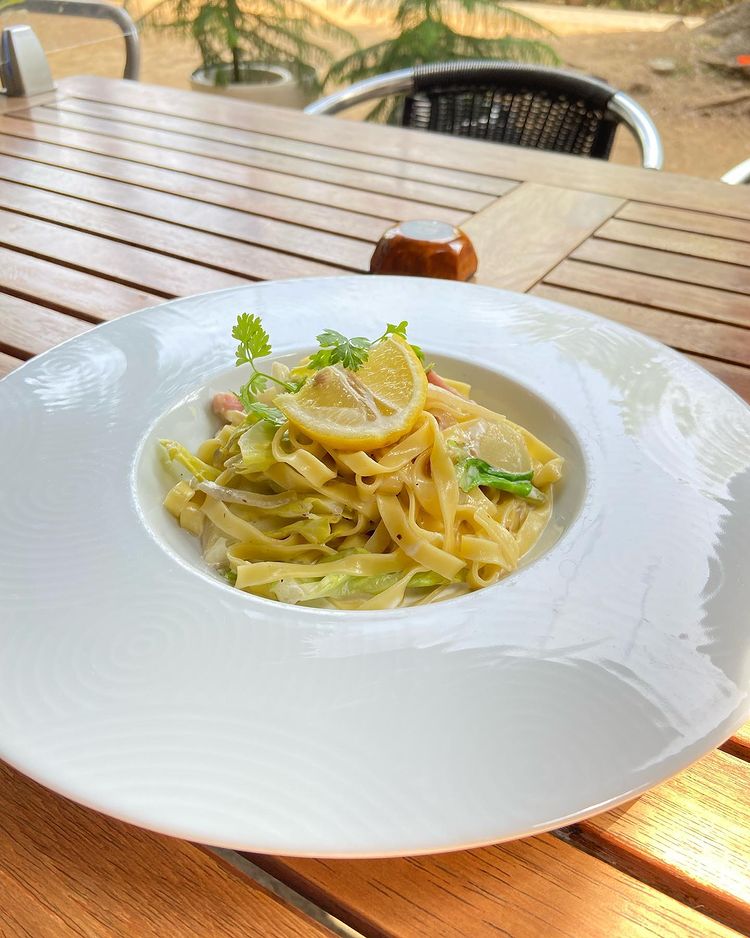
African and Tribal art possesses a unique aesthetic that blends intricate craftsmanship with deep-rooted cultural heritage, bringing warmth, color, and a bold sense of history to any space. From masks and sculptures to textiles and wall hangings, African art offers diverse options to enhance your home or business. Whether displayed as a focal point in your living room, or as a conversation piece in a commercial setting, this art form can enrich interiors with texture, warmth, and stories of an ancient yet evolving culture.
Why African & Tribal Art?
African art celebrates a variety of themes—nature, spirituality, identity, and communal values—that transcend time and resonate universally. Its designs are characterized by striking patterns, earthy tones, and natural materials that seamlessly blend with both modern and traditional decor styles. This art style doesn’t just beautify a space; it infuses it with life and invites viewers to reflect on cultures that have shaped our world. Furthermore, the textures, colors, and forms in tribal art bring an inviting warmth, making any room feel grounded and authentic.
Key Elements of African Art for Decor
Before selecting pieces, it’s helpful to understand the main categories of African and Tribal art, each bringing its own texture, depth, and story:
- Masks – Often intricately carved and painted, African masks are some of the most recognizable forms of tribal art. Masks add an element of mystery and spirituality, reflecting traditional ceremonial and ancestral roles.
- Sculptures and Figures – African sculptures depict figures of people, animals, and deities, each often embodying symbolic or spiritual significance. Sculptures bring an ancient presence to a room and are perfect for enhancing minimalist spaces.
- Textiles – African textiles such as mud cloth (bogolanfini), kente, and Kuba cloth are vibrant, patterned, and layered with meaning. Textiles can be used as wall hangings, upholstery, or even rugs, creating a dynamic focal point in any room.
- Baskets and Ceramics – Handwoven baskets and pottery in traditional African designs offer a practical yet stunning decor choice. They bring earthy tones and can also be used functionally for storage or as statement pieces.
- Wall Art and Paintings – African and Tribal paintings often use abstract styles to depict scenes from daily life, spirituality, and nature. These pieces add color and rhythm, drawing the eye and adding depth to the room.
Where to Display African & Tribal Art
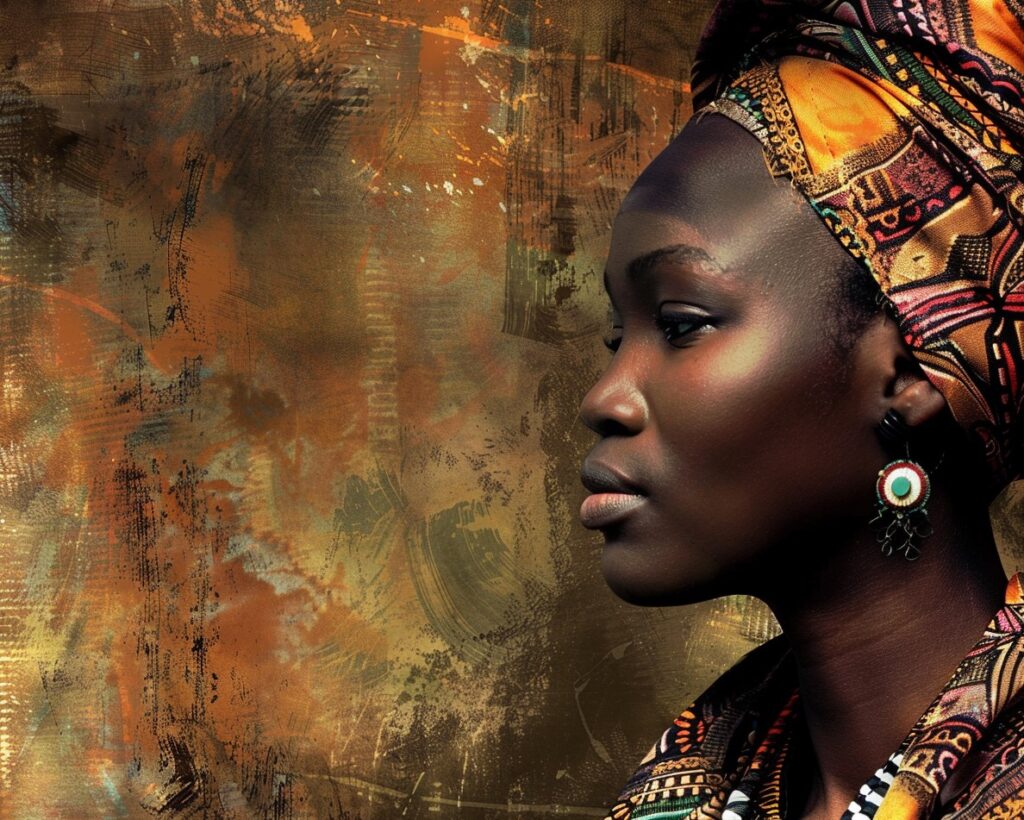
Selecting the right space for each piece allows you to appreciate its beauty while enhancing the decor around it. African art has a commanding presence, so be intentional about placement for maximum effect.
1. Living Room: The Heart of the Home
The living room is ideal for showcasing African art as it’s often a space where families gather and guests are entertained. Here, consider large pieces like sculptures or masks as a centerpiece on a console table, or hang a series of masks or a large textile on a main wall for a gallery effect. African art in the living room pairs wonderfully with neutral tones, natural materials like wood or stone, and plants, which echo the earthy aesthetics of African culture.
2. Dining Room: Create a Unique Dining Experience
Incorporate African decor in the dining room for a visually stunning and culturally rich ambiance. Hang textile art or tribal paintings as wall decor, or place smaller sculptures and ceramics as table accents. For an immersive experience, use woven African baskets as part of your table setting, filling them with fruit or bread for a beautiful and practical display.
3. Entryway: Setting the Tone
The entryway is a wonderful place to introduce African and Tribal art to your home. Opt for bold, impactful pieces like large masks or sculptures to greet guests, setting a warm, inviting tone. A well-placed sculpture or mask can make an impressive first impression, highlighting your appreciation for culture and craftsmanship.
4. Bedroom: A Serene, Textural Space
For a calming atmosphere, African textiles are ideal for the bedroom. Use a Kente or mud cloth as a bedspread, or hang a large, textile piece as a headboard. For those who prefer minimalist decor, a single mask or small sculpture on a bedside table adds a touch of African heritage without overwhelming the space.
5. Office or Workspace: Inspiring Creativity
Incorporate African art into your office for an inspiring environment. Hang paintings or abstract prints on the walls for a burst of creativity, or place a sculpture or small ceramic piece on your desk. African art can introduce a sense of groundedness and cultural richness, which may enhance focus and innovation.
6. Commercial Spaces: Make a Statement
For businesses, African art serves as an inviting and memorable decor choice, creating an ambiance of sophistication and cultural appreciation. Consider displaying wall-sized textiles in open lobbies, arranging sculptures in waiting rooms or seating areas, or hanging a collection of masks in a dining area or office wall. Tribal art pieces in a commercial setting foster a sense of connection, diversity, and respect, setting your business apart with distinctive decor.
How African & Tribal Art Elevates Your Decor
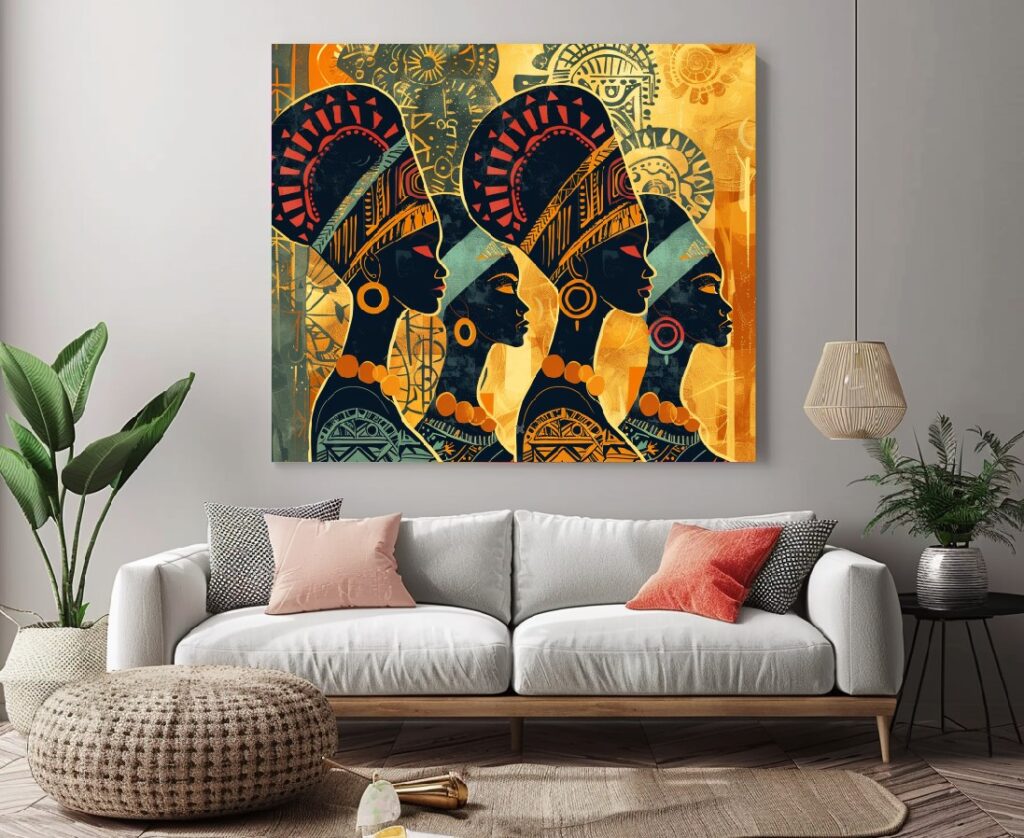
African and Tribal art is versatile and fits beautifully in various decor styles—from modern to bohemian, minimalist to rustic. Here’s how incorporating this art form can elevate your home or business:
- Color and Contrast: African art often includes warm tones—browns, reds, yellows, and oranges—balanced by blacks and whites. These earthy tones bring depth and contrast, especially in neutral-toned rooms.
- Texture and Dimension: The handcrafted nature of African art adds rich textures that introduce a layered, tactile element to any space. Wood carvings, woven textiles, and clay sculptures bring a rustic, organic feel, softening modern interiors.
- Cultural Depth and Storytelling: African art adds a layer of narrative and history to your space. Each piece reflects stories, symbols, and cultural references that resonate on a deeper level, inviting those who encounter it to explore its meaning.
- A Unique and Personal Touch: African and Tribal art are often one-of-a-kind or limited pieces, meaning they’re unique to your decor. They show a cultivated taste and an appreciation for world cultures, making your space feel personalized and enriched.
Tips for Choosing the Right African Art for Your Space
When selecting African and Tribal art for decor, authenticity and personal connection are key. Here’s what to consider:
- Understand the Story: African art pieces often carry cultural significance. For example, masks can represent ancestral spirits or symbolize social status. Learning about the origins of each piece can deepen your appreciation and help you choose the one that resonates most with you.
- Consider Scale and Placement: African art can be large and bold or small and intricate. Choose pieces that complement your space without overpowering it, whether as a main focal point or as an accent.
- Mix with Modern Elements: For a contemporary touch, blend African art with modern furniture, clean lines, and neutral tones. This contrast allows the art to stand out, highlighting its texture and color against a minimalist background.
- Group Similar Pieces: Create a cohesive look by grouping pieces with similar themes or colors. A series of masks on one wall or a collection of baskets can create a stunning visual that ties your decor together.
- Authenticity Matters: Seek out authentic, ethically sourced African art from reputable sellers to support local artisans and preserve cultural integrity. Genuine pieces not only have lasting value but also a more meaningful presence.
Final Thoughts
African and Tribal art doesn’t just decorate; it tells a story and invites you to connect with a rich cultural heritage. These pieces bring beauty, history, and soul into any space, whether in a cozy home setting or an upscale commercial space. As you carefully choose and display these elements, you’re embracing both artistry and cultural significance, creating a space that feels worldly, warm, and wonderfully unique.


